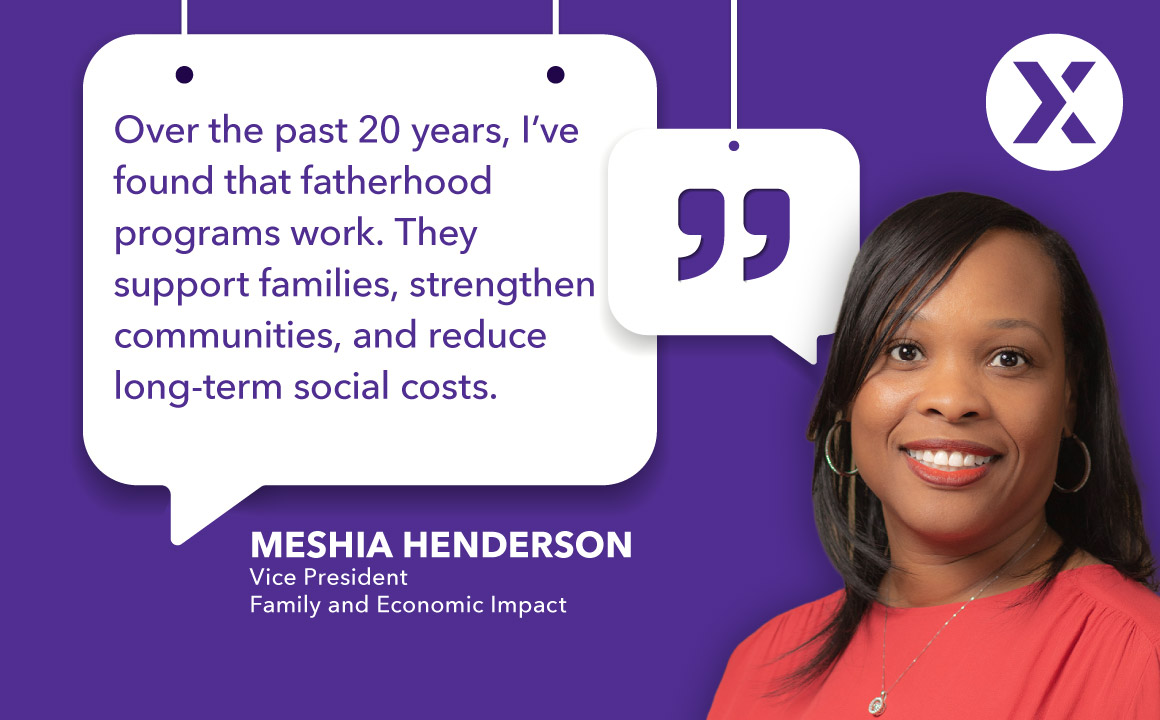State and local governments play a crucial role in shaping the future of their communities, and one of the most effective ways to do so is by investing in fatherhood programs. A father’s steady presence in his children’s lives is a powerful determinant of their overall wellbeing, affecting everything from their emotional and social development to their health and academic achievement.
Unfortunately, the absence of a father is a reality for many children today. According to the U.S. Census Bureau, 80% of one-parent families are headed by mothers. The consequences are profound, particularly for those already facing economic hardship. Research shows that children growing up in single-parent homes without a father are significantly more likely to experience poverty, and children who experience higher levels of family instability tend to have increased rates of health and behavioral problems. Financial instability often intensifies their challenges, making it more difficult for them to thrive.


